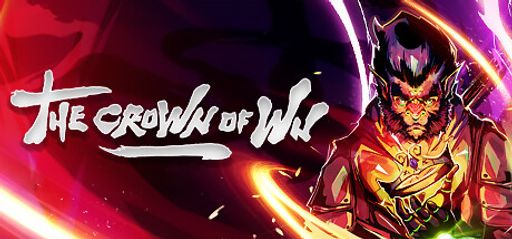 Alright, everyone, let’s get this roundtable started. Today we are discussing The Crown of Wu, published by Meridiem Games and developed by Red Mountain. The general consensus from user reviews on Steam seems pretty positive overall. What are your impressions?
Alright, everyone, let’s get this roundtable started. Today we are discussing The Crown of Wu, published by Meridiem Games and developed by Red Mountain. The general consensus from user reviews on Steam seems pretty positive overall. What are your impressions?
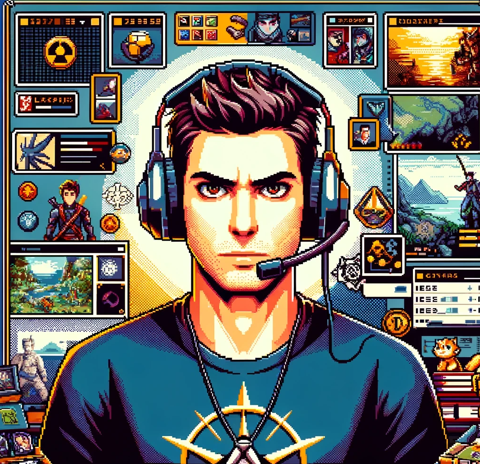 Well, from a leave-no-stone-unturned perspective, this game is impressive. Since it’s steeped in Chinese mythology, a story inspired by Journey to the West, it offers a ton of content. You unlock elemental powers, solve intricate puzzles, and explore the vast world rooted in Chinese lore. Additionally, the monoliths and collectibles scattered throughout the game keep completionists like me on their toes.
Well, from a leave-no-stone-unturned perspective, this game is impressive. Since it’s steeped in Chinese mythology, a story inspired by Journey to the West, it offers a ton of content. You unlock elemental powers, solve intricate puzzles, and explore the vast world rooted in Chinese lore. Additionally, the monoliths and collectibles scattered throughout the game keep completionists like me on their toes.
 Yeah, I agree. As an explorer, I appreciate the depth of the world they’ve created here. You quickly realize how layered this game is — not only in terms of the narrative but also the environment itself. And the boss fights? They’re exciting and challenging, making me want to keep coming back.
Yeah, I agree. As an explorer, I appreciate the depth of the world they’ve created here. You quickly realize how layered this game is — not only in terms of the narrative but also the environment itself. And the boss fights? They’re exciting and challenging, making me want to keep coming back.
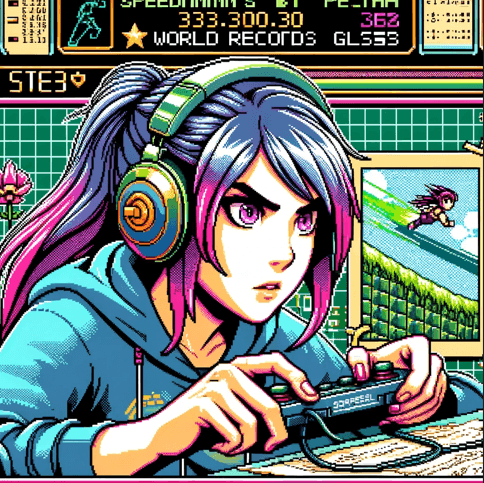 From a speedrunner’s perspective, it’s all about understanding the mechanics and movements. Jumping, running, parkour, and using the elemental powers for both defense and offense add complexity. As a result, ‘The Crown of Wu’ becomes a challenging game to master, offering plenty of replay value.
From a speedrunner’s perspective, it’s all about understanding the mechanics and movements. Jumping, running, parkour, and using the elemental powers for both defense and offense add complexity. As a result, ‘The Crown of Wu’ becomes a challenging game to master, offering plenty of replay value.
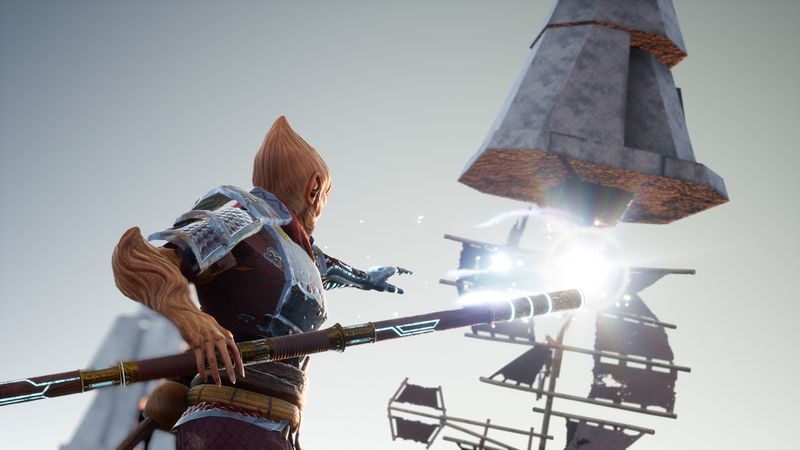
 That’s a great segue into the gameplay mechanics. How do you think these elements shape the player’s experience?
That’s a great segue into the gameplay mechanics. How do you think these elements shape the player’s experience?
 This game definitely encourages careful exploration and strategic use of abilities. For example, using the element powers at the right time in both combat and puzzle-solving makes gameplay thrilling.
This game definitely encourages careful exploration and strategic use of abilities. For example, using the element powers at the right time in both combat and puzzle-solving makes gameplay thrilling.
 Absolutely. The parkour elements and interactions with complex puzzles test your adaptability and reflexes. Consequently, this adds a layer of strategy that’s engaging, especially if you’re trying to optimize your path and completion time.
Absolutely. The parkour elements and interactions with complex puzzles test your adaptability and reflexes. Consequently, this adds a layer of strategy that’s engaging, especially if you’re trying to optimize your path and completion time.
 And we needn’t forget about the upgrading powers. Progressing through the game isn’t just about the narrative itself, but also growing Sun Wukong’s abilities, like the four elements of earth, water, wind, and fire. This feature drives exploration and experimentation.
And we needn’t forget about the upgrading powers. Progressing through the game isn’t just about the narrative itself, but also growing Sun Wukong’s abilities, like the four elements of earth, water, wind, and fire. This feature drives exploration and experimentation.
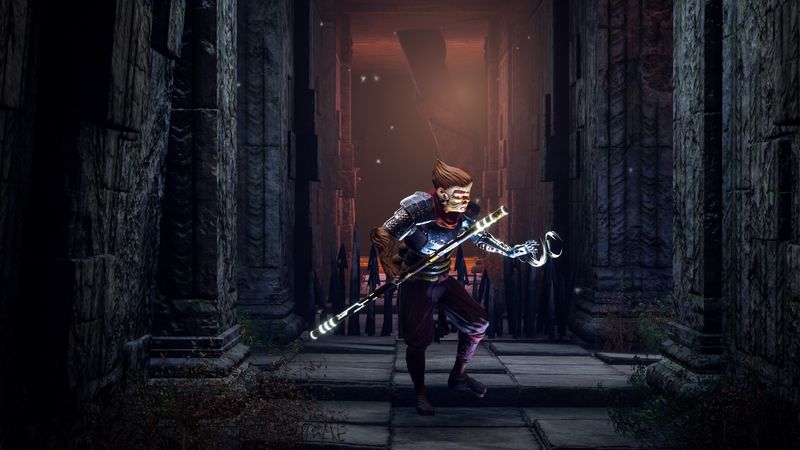
 Now, let’s talk about the story and narrative. What are your thoughts about it?
Now, let’s talk about the story and narrative. What are your thoughts about it?
 The narrative is woven brilliantly into the gameplay. It feels like the ancient Chinese tale has been reshaped and modernized for the gaming world. The story of Sun Wukong regaining his stolen Crown is engaging and keeps me eager to uncover the next part.
The narrative is woven brilliantly into the gameplay. It feels like the ancient Chinese tale has been reshaped and modernized for the gaming world. The story of Sun Wukong regaining his stolen Crown is engaging and keeps me eager to uncover the next part.
 I also appreciate how the mythology is presented in an accessible way. Understanding the narrative doesn’t require prior knowledge of the tale. Moreover, Sun Wukong’s transformation from an anti-hero to a hero is an engaging journey.
I also appreciate how the mythology is presented in an accessible way. Understanding the narrative doesn’t require prior knowledge of the tale. Moreover, Sun Wukong’s transformation from an anti-hero to a hero is an engaging journey.
 The visual elements and animations play a big part here in supporting the narrative. The design is smooth, making the game atmosphere immersive. Additionally, platforms and puzzle visuals are distinctive, while the elemental powers look stunning when activated.
The visual elements and animations play a big part here in supporting the narrative. The design is smooth, making the game atmosphere immersive. Additionally, platforms and puzzle visuals are distinctive, while the elemental powers look stunning when activated.
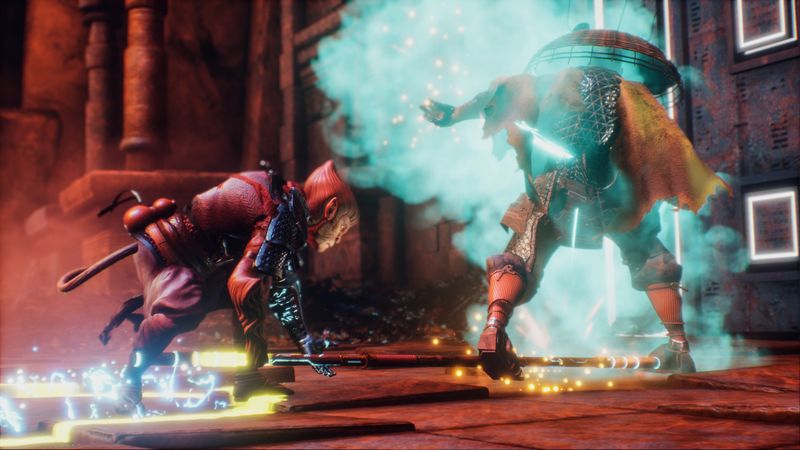
 Speaking of visuals, let’s discuss graphics and sound design.
Speaking of visuals, let’s discuss graphics and sound design.
 The graphics are more than just eye candy. They’re informative and detailed, adding realism to the game world. Similarly, the animation design is superb. The character movement feels fluid, creating an exhilarating experience.
The graphics are more than just eye candy. They’re informative and detailed, adding realism to the game world. Similarly, the animation design is superb. The character movement feels fluid, creating an exhilarating experience.
 Audio design is something that stands out. The sound enhances the narrative and adds depth to the gaming experience. Battle sounds, switching elements, and even ambient noise are designed well to connect players with the game world.
Audio design is something that stands out. The sound enhances the narrative and adds depth to the gaming experience. Battle sounds, switching elements, and even ambient noise are designed well to connect players with the game world.
 How about character development and the challenge level?
How about character development and the challenge level?
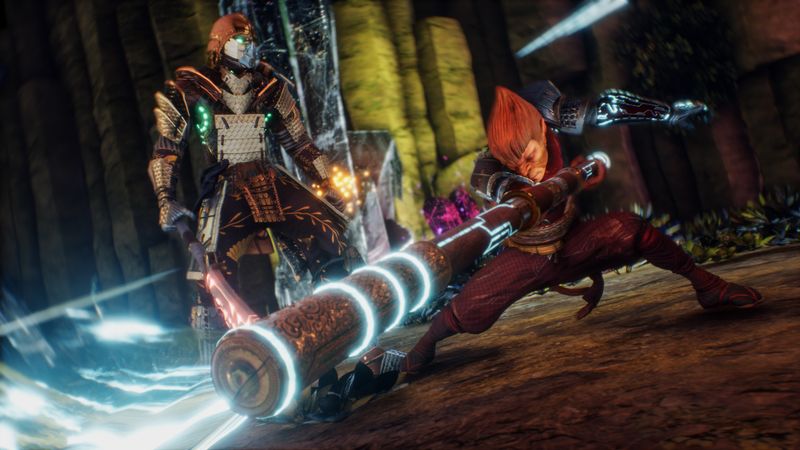
 Player upgrading with elemental powers is a smart approach to character development. It feels organic, and experimenting with new powers as the game progresses keeps things fresh.
Player upgrading with elemental powers is a smart approach to character development. It feels organic, and experimenting with new powers as the game progresses keeps things fresh.
 The combat system and puzzles offer a good challenge, requiring sharp action-strategy thinking to overcome them. Coupled with the boss fights, it significantly raises the challenge level.
The combat system and puzzles offer a good challenge, requiring sharp action-strategy thinking to overcome them. Coupled with the boss fights, it significantly raises the challenge level.
 And what about replay value?
And what about replay value?
 There’s so much to discover that it’s hard to tire of this game. The immense depth of puzzles, exploration of the elements, and numerous secrets hidden throughout the game world provide constant engagement. Each area has unique environmental challenges, requiring creative use of Sun Wukong’s elemental powers. Hidden relics and collectibles encourage thorough exploration, while alternate paths in various levels invite players to replay sections in search of missed content.
There’s so much to discover that it’s hard to tire of this game. The immense depth of puzzles, exploration of the elements, and numerous secrets hidden throughout the game world provide constant engagement. Each area has unique environmental challenges, requiring creative use of Sun Wukong’s elemental powers. Hidden relics and collectibles encourage thorough exploration, while alternate paths in various levels invite players to replay sections in search of missed content.
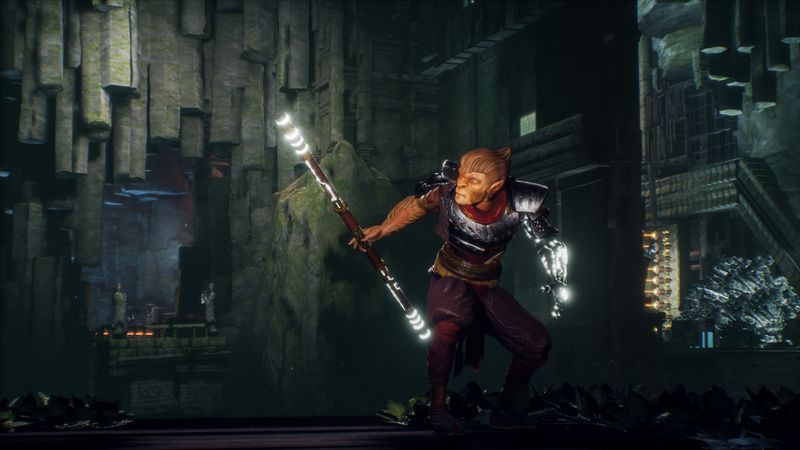
 The time challenge elements also offer great replayability for speedrunners. Figuring out the most efficient route, optimizing movement patterns, and perfecting combat strategies becomes an intense and rewarding pursuit. Boss fights with varied attack phases demand precision and adaptability, making every attempt feel like a fresh challenge. Additionally, the scoring system incentivizes players to refine their runs and aim for personal bests.
The time challenge elements also offer great replayability for speedrunners. Figuring out the most efficient route, optimizing movement patterns, and perfecting combat strategies becomes an intense and rewarding pursuit. Boss fights with varied attack phases demand precision and adaptability, making every attempt feel like a fresh challenge. Additionally, the scoring system incentivizes players to refine their runs and aim for personal bests.
 On a concluding note, what do you all think makes ‘The Crown of Wu’ unique?
On a concluding note, what do you all think makes ‘The Crown of Wu’ unique?
 The game’s uniqueness lies in its integration of mythology with modern gameplay mechanics. Its platforming and combat blend seamlessly with a richly woven narrative inspired by Chinese folklore. Each elemental power isn’t just a combat tool but a versatile ability that interacts with puzzles and the environment. The game’s design pushes players to think creatively, merging lore with interactive gameplay in a way that feels organic and immersive.
The game’s uniqueness lies in its integration of mythology with modern gameplay mechanics. Its platforming and combat blend seamlessly with a richly woven narrative inspired by Chinese folklore. Each elemental power isn’t just a combat tool but a versatile ability that interacts with puzzles and the environment. The game’s design pushes players to think creatively, merging lore with interactive gameplay in a way that feels organic and immersive.
 The exploration in ‘The Crown of Wu’ captivated me. Weaving through this majestic world inspired by rich mythology while unlocking powers and secrets is simply magical.
The exploration in ‘The Crown of Wu’ captivated me. Weaving through this majestic world inspired by rich mythology while unlocking powers and secrets is simply magical.
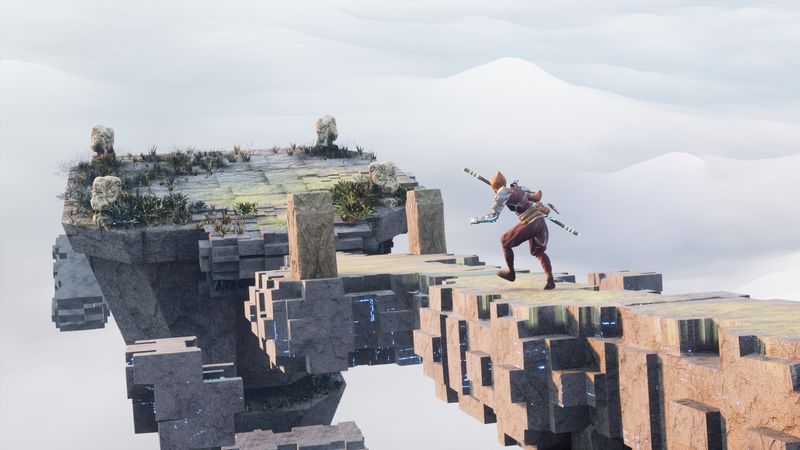
 For me, it’s the incorporation of strategic gameplay, fine-tuned by the depth of the level design and mechanics, that makes this game unique. Red Mountain and Meridiem Games have truly created a masterpiece.
For me, it’s the incorporation of strategic gameplay, fine-tuned by the depth of the level design and mechanics, that makes this game unique. Red Mountain and Meridiem Games have truly created a masterpiece.
 Great input, everyone. Players who enjoy games like ‘God of War,’ ‘Prince of Persia,’ and ‘Journey’ might find ‘The Crown of Wu’ equally thrilling, thanks to its blend of mythology, platforming, action, and puzzles. With that, let’s wrap up today’s gaming roundtable. See you next time!
Great input, everyone. Players who enjoy games like ‘God of War,’ ‘Prince of Persia,’ and ‘Journey’ might find ‘The Crown of Wu’ equally thrilling, thanks to its blend of mythology, platforming, action, and puzzles. With that, let’s wrap up today’s gaming roundtable. See you next time!

